Barangays in the Philippines
Barangays are the foundational units of local governance in the Philippines, where community spirit and tradition merge to shape everyday life.
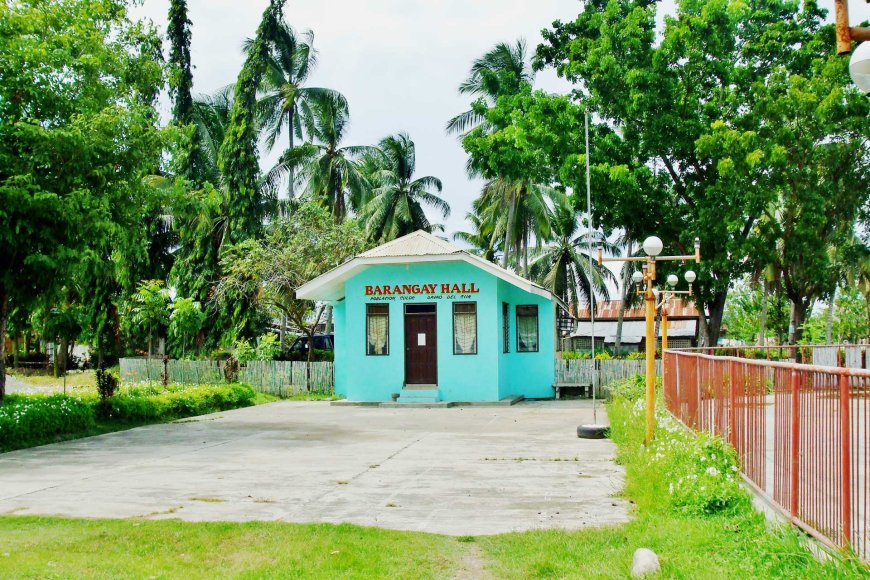
Local Governance and Community Life
Barangays are the cornerstone of local governance and community life in the Philippines. As the smallest administrative unit in the country, barangays play a pivotal role in shaping the social, cultural, and political landscape of Filipino communities.
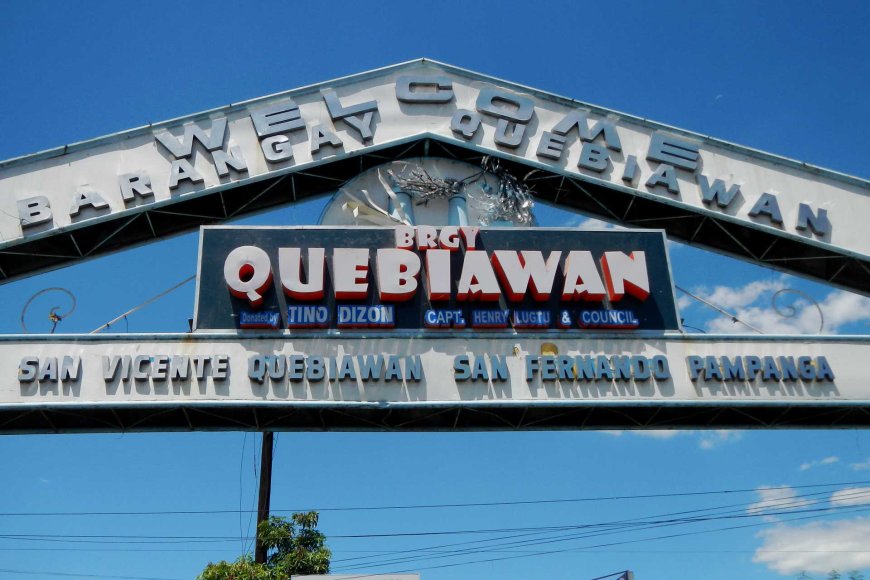
What Is a Barangay?
A barangay is the smallest local government unit in the Philippines, functioning as the primary planning and implementing unit of government policies, plans, programs, projects, and activities in the community. Traditionally known as "baranggay" (a term derived from the word “balangay” or “sailboat”), these community units have evolved from ancient kinship groups and settlements into modern administrative entities.
In today’s context, each barangay serves as the immediate point of contact between the government and the citizens. It is responsible for local dispute resolution, community welfare programs, and even disaster preparedness initiatives. By fostering close relationships with the residents, barangays provide tailored solutions to local issues, ensuring that governance remains accessible and responsive. Their significance extends beyond administrative functions; they are also cultural hubs that celebrate and preserve local traditions and communal values.
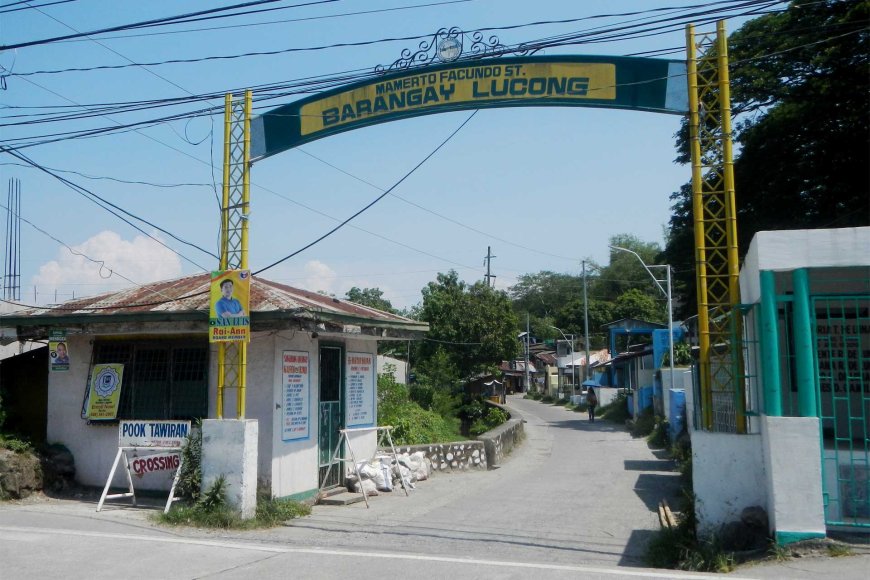
Historical Background of Barangays
The origins of barangays can be traced back to pre-colonial times when indigenous communities in the Philippine archipelago organized themselves into small, self-sufficient groups. These early settlements were often led by a datu (chief) and were based on kinship and community ties. The term "balangay" itself is believed to have been derived from the early wooden boats used by these settlers, symbolizing the journey and unity of the community.
During the Spanish colonial era, the traditional barangay system was restructured to align with colonial administrative needs, yet many indigenous practices and communal values were retained. This period saw the integration of Spanish governance structures with local traditions, resulting in a unique blend of Western administrative concepts and indigenous community organization. Today, the barangay system continues to reflect the rich history, standing as a testament to both the resilience of Filipino culture and the evolution of its local governance.
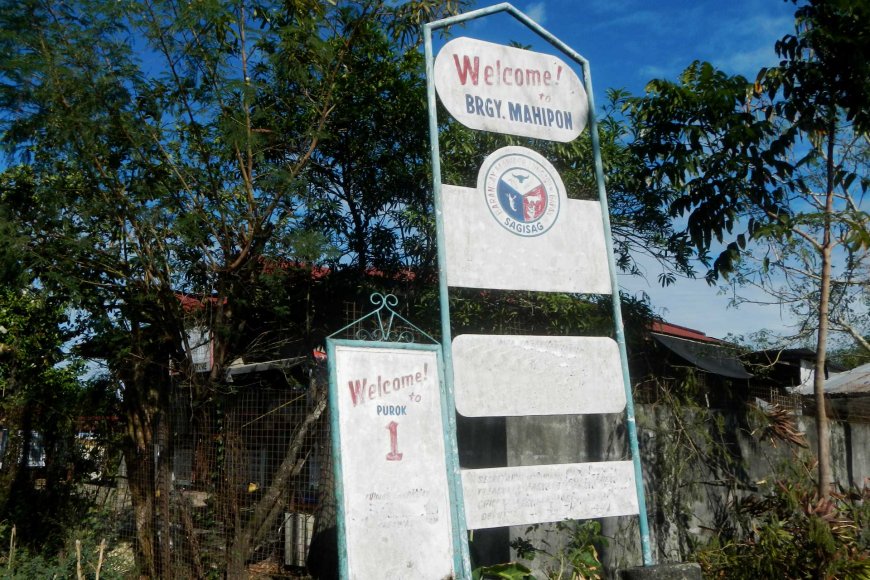
Governance Structure of Barangays
At the heart of every barangay is its governing body, which includes the Barangay Captain and the Barangay Council (Sangguniang Barangay). The Barangay Captain serves as the chief executive of the barangay, responsible for overseeing local programs, implementing policies, and maintaining peace and order within the community. Meanwhile, the Barangay Council, composed of elected councilors, acts as the legislative arm, creating local ordinances and ensuring that the barangay’s governance aligns with national policies and local needs.
This decentralized structure enables rapid decision-making and fosters a more inclusive form of governance. The local officials are often more in tune with the specific needs and challenges of their communities, allowing them to implement solutions tailored to local conditions. Through regular community consultations and public forums, barangay officials maintain a transparent line of communication with residents, ensuring that the voice of the community is heard in every decision-making process.
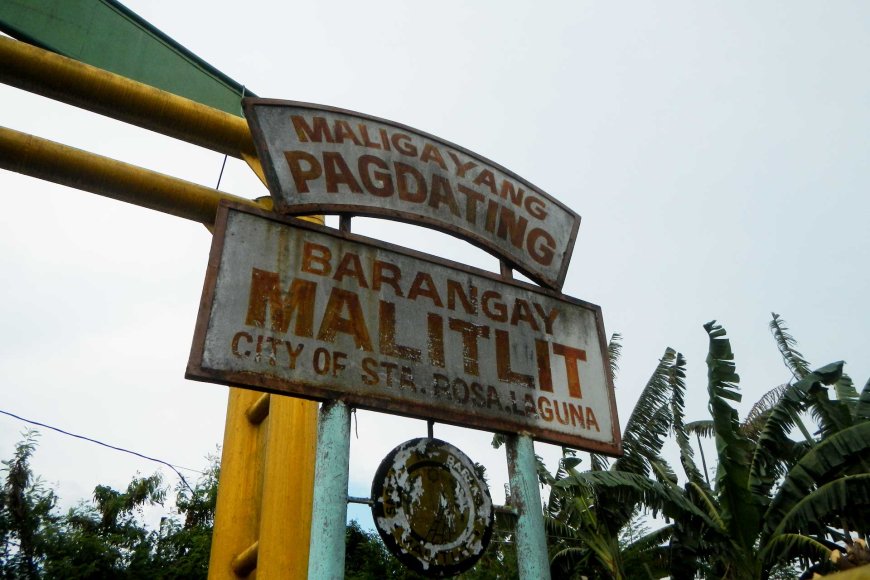
The Role of Barangays in Local Governance
Barangays serve as the first line of government, directly affecting the everyday lives of Filipinos. They are instrumental in the implementation of national and local policies on issues such as public health, education, and infrastructure development. For instance, in times of natural disasters or public health crises, barangays are the first responders, coordinating evacuation efforts, relief operations, and local support systems.
Furthermore, barangays play a critical role in community development. They are often involved in local planning, land use management, and the maintenance of public spaces, ensuring that development projects are in harmony with community interests. The integration of barangays within the larger framework of local government units (LGUs) also allows for better resource allocation and a more cohesive strategy in addressing socio-economic challenges across regions.
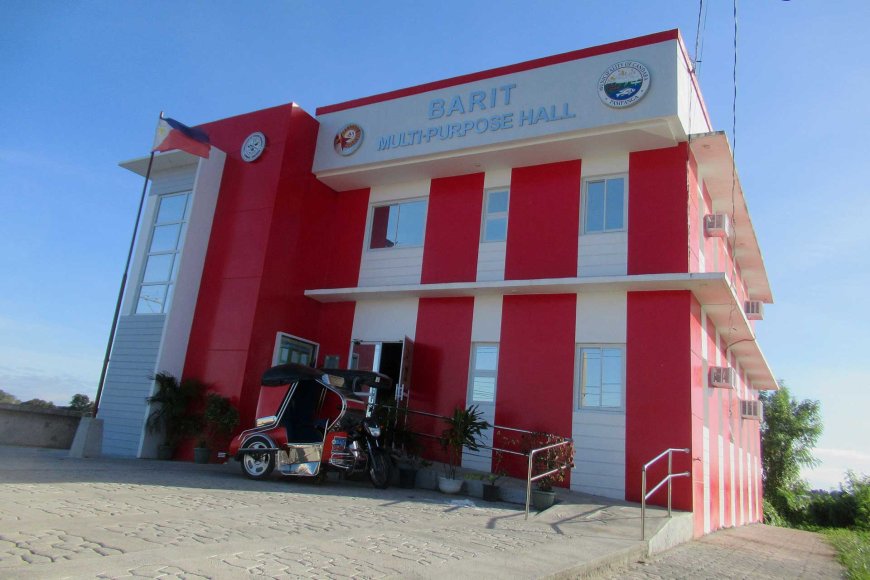
Social and Cultural Significance of Barangays
Beyond administrative functions, barangays are vibrant centers of community life and cultural preservation. They host various local events, festivals, and religious celebrations that reinforce social bonds and uphold traditional practices. These cultural activities not only foster community pride but also serve as platforms for intergenerational dialogue, ensuring that local customs and traditions are passed down to future generations.
The sense of belonging cultivated within a barangay is often reflected in the active participation of residents in community programs and local governance. Whether through volunteerism, local sports leagues, or community assemblies, barangays provide a social framework that promotes unity, mutual aid, and civic engagement. This grassroots involvement is essential in addressing local issues, from environmental conservation to neighborhood safety, and contributes significantly to the overall quality of life in Filipino communities.

Challenges and Innovations in Barangay Governance
While barangays have long been effective in addressing local issues, they face several modern challenges. Urbanization, population growth, and increasing socio-economic disparities strain the resources and infrastructure of barangays, particularly in densely populated areas. Additionally, natural disasters, which are frequent in the Philippines, require constant adaptation and robust disaster management strategies.
In response to these challenges, innovations in local governance are underway. Many barangays are embracing digital technologies to improve service delivery, enhance transparency, and facilitate real-time communication with residents. Initiatives such as e-governance platforms and community-based disaster risk reduction programs are empowering local officials to address issues more efficiently and effectively. These advancements not only streamline administrative processes but also help bridge the gap between traditional governance methods and modern technological solutions.
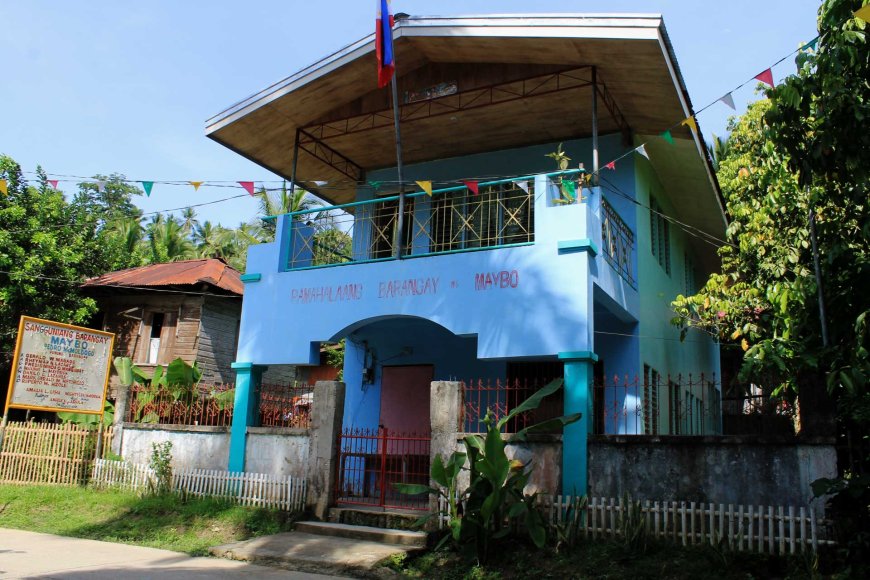
Future Prospects for Barangays
Looking ahead, the role of barangays is poised to become even more critical as the Philippines continues to navigate complex socio-economic challenges. The emphasis on decentralization and community-driven governance will likely drive further reforms, empowering barangays to take on greater responsibilities in local development and disaster management. Strengthening the capacity of barangay officials through training and improved infrastructure will be essential in ensuring that these local units can meet the evolving needs of their communities.
Moreover, as the Philippines embraces a more digitally connected future, the integration of smart technologies in barangay governance holds promise for increased efficiency, transparency, and citizen engagement. This evolution will not only enhance local service delivery but also reinforce the barangay’s role as the bedrock of Filipino community life.
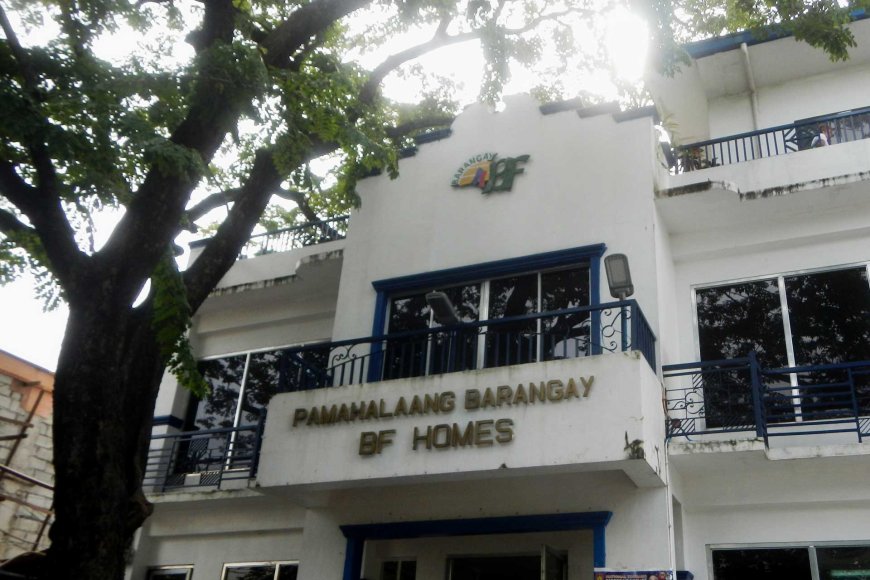
The Pulse of Filipino Community and Culture
Barangays are much more than administrative units—they are the living, breathing communities that embody the spirit, culture, and resilience of the Filipino people. From their ancient origins to their modern-day governance, barangays continue to be instrumental in shaping the daily lives of millions of Filipinos. As local governance evolves to meet contemporary challenges, the barangay remains a crucial element of the Philippine political and social fabric, promising a future of more responsive, inclusive, and empowered communities.
Nipino.com is committed to providing you with accurate and genuine content. Let us know your opinion by clicking HERE.






























































